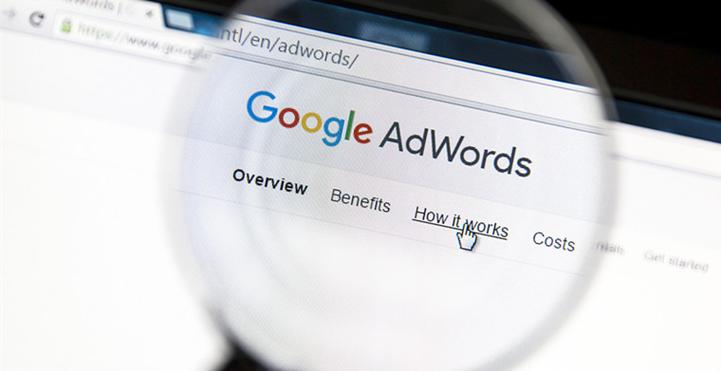Understanding Google Paid Ads: A Comprehensive Guide
Google Paid Ads, also known as Google Ads, is a powerful tool for businesses looking to increase their online presence and drive targeted traffic to their websites. By leveraging Google’s vast network, you can reach potential customers at the exact moment they’re searching for your products or services. In this detailed guide, we’ll explore the various aspects of Google Paid Ads, helping you make the most of your advertising budget.
Creating Your Google Ads Account
To get started with Google Paid Ads, you’ll need to create a Google Ads account. This process is straightforward and can be completed in a few simple steps:

- Visit the Google Ads website and click on “Start now.”
- Sign in with your Google account or create a new one.
- Enter your business information, including your business name, address, and contact details.
- Select your primary goal for running ads, such as increasing website traffic, generating leads, or promoting a sale.
- Choose your payment method and set your budget.
Choosing the Right Campaign Type
Google Ads offers a variety of campaign types, each designed to help you achieve specific business goals. Here are some of the most popular options:
- Search Campaigns: These ads appear on Google’s search engine results pages (SERPs) when users search for relevant keywords. They’re ideal for businesses looking to drive targeted traffic to their website.
- Display Campaigns: These ads appear on a wide range of websites and apps across the Google Display Network. They’re great for building brand awareness and reaching a broader audience.
- Shopping Campaigns: These ads showcase your products and allow users to click through to your website to make a purchase. They’re perfect for e-commerce businesses.
- Video Campaigns: These ads appear on YouTube and other video platforms, allowing you to reach potential customers through engaging video content.
Setting Your Budget and Bidding Strategy
One of the key aspects of Google Paid Ads is setting your budget and bidding strategy. Here’s what you need to know:
- Budget: You can set a daily or monthly budget for your campaigns. This budget will determine how much you’re willing to spend on advertising.
- Bidding Strategy: Your bidding strategy will determine how much you’re willing to pay for each click on your ad. There are several bidding strategies to choose from, including manual CPC (cost-per-click), automated CPC, and enhanced CPC.
Targeting Your Audience
One of the strengths of Google Paid Ads is its ability to target your audience with precision. Here are some of the targeting options available:
- Demographics: You can target your ads based on age, gender, income, and other demographic factors.
- Interests and Behaviors: You can target your ads based on the interests and behaviors of your target audience, such as their hobbies, interests, and recent searches.
- Geographics: You can target your ads based on location, including cities, regions, and countries.
- Devices: You can target your ads based on the devices your target audience uses, such as desktops, tablets, and smartphones.
Optimizing Your Ads
Once your campaign is up and running, it’s important to optimize your ads for the best results. Here are some tips:

- Use High-Intent Keywords: Focus on keywords that have a high likelihood of leading to conversions.
- Write Compelling Ad Copy: Create ad copy that highlights the unique selling points of your product or service and encourages users to take action.
- Use High-Quality Images: Include high-quality images or videos in your ads to make them more visually appealing.
- Test and Iterate: Continuously test different versions of your ads to see which ones perform best.
Measuring Your Results
Google Ads provides a variety of tools and metrics to help you measure the performance of your campaigns. Here are some key metrics to track:
